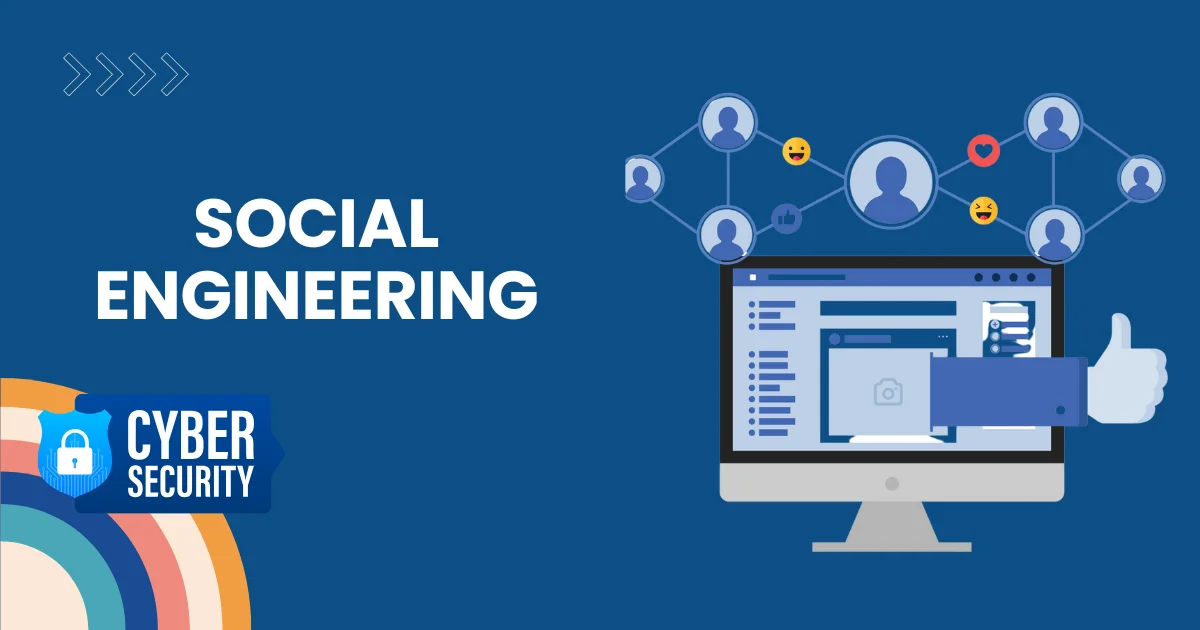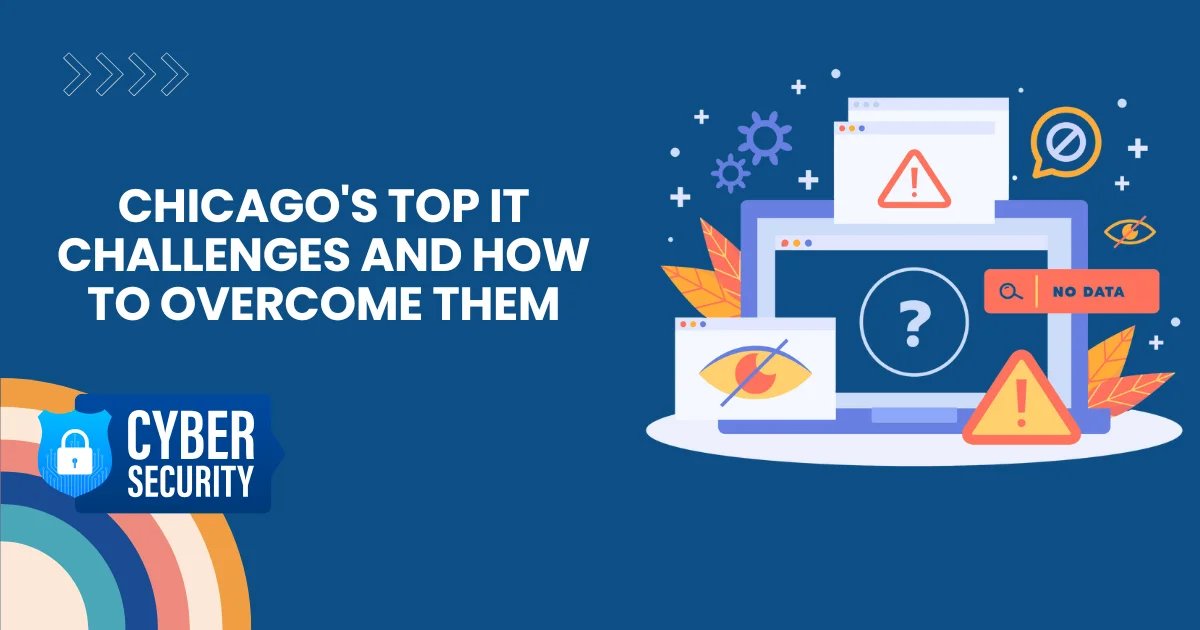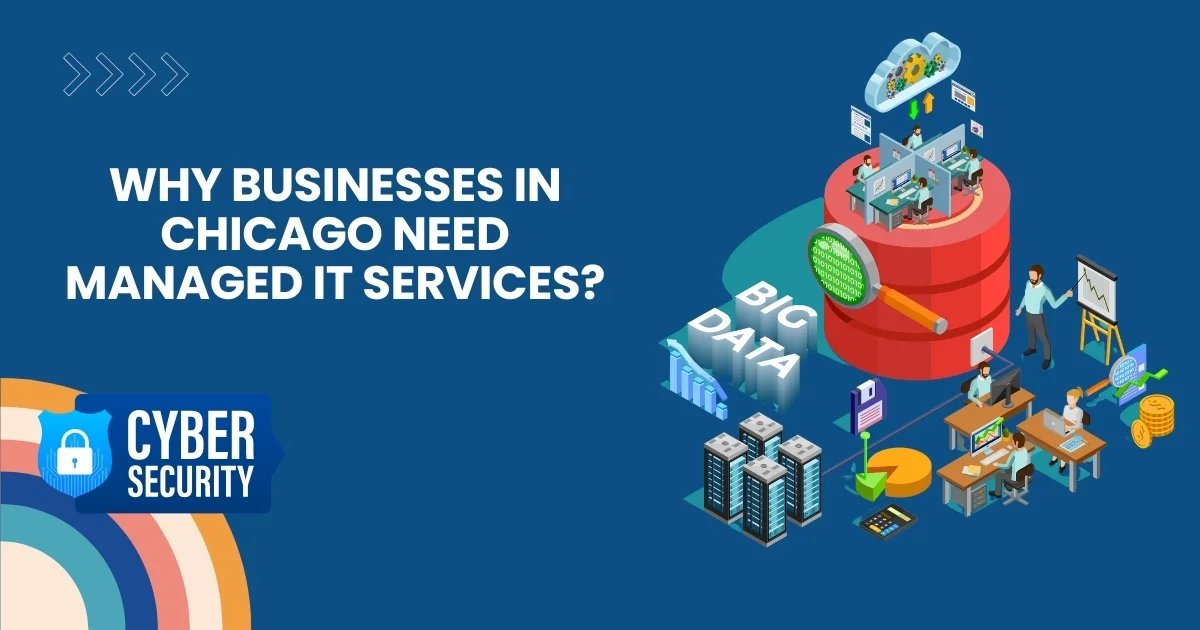What Is The Importance Of Cyber Security In A Bank?
Can you imagine trusting your hard-earned money and personal data to a bank not equipped to handle cyber intrusions? It’s a scary thought. Right? With the transition to the digital economy, the need for prolific cyber security in banking has increased. According to a Forbes report, 2,365 cyberattacks were encountered in 2023 and an average data breach approximately costs $4.45 million.
As per one of the projections, the cost of the damage incurred by Cyberattacks is expected to touch $10.5 trillion by 2025. Banks are responsible for managing vast amounts of sensitive data, thereby ringing security alarms. Before jumping to the ways for customer data protection and secure online banking, let’s dive deeper to unlock the potential of the cybersecurity banking industry to drive the Return on Investment (ROI).
Understand Cybersecurity Importance in Banking Sector
Table of Contents
The banking industry has been a soft target by cybercriminals due to the vulnerability of personal information and sensitive business data such as transactional record and Personal Identifiable Information (PII). Since the stakes are high in the banking industry and financial sums are more prone to security threats, it is important to put cyber compliance with regulations into action for financial fraud prevention. Imagine you are setting up a new bank account in the presence of effective protocols of IT security for banks, explore the best out of it.
- Reduction in financial breaches
- Time and cost-saving
- Higher customer retention
- Seamless banking operations
- Real-time identity verification
Why to Opt Cybersecurity in Banking: Needs & Solutions
The growing threat landscape has deepened the worries of businesses on the global level. Banking sectors feel more on the edge of their seats due to evolving cybersecurity trends providing new tactics of digital crimes to cyber criminals. Where most businesses are jumping on the bandwagon of foolproof security practices, it is imperative to spotlight the key reasons to lean on advanced cybersecurity solutions. Let’s buckle up!
User Access Protocols: No Third-party
Unauthorized access to banking data compromises the privacy and integrity of sensitive information. Cybersecurity enables;
- 2FA (Two-Factor Authentication)
- MFA Method (Multi Factor Authentication)
These two techniques effectively barricade phishing attacks, an advanced persistent threat to banking channels. According to the Statista report, webmail and financial institutions record 21% and 9% phishing attacks, leaving disastrous impacts on businesses. Cybersecurity ensures stringent access control policies to keep illegal third parties at bay.
Protected Transactions: Seamless Financing
Leveraging top cybersecurity methodologies including;
- Firewall systems for network security
- Data encryption for data safety
- Cloud security for protected financing
These cyber solutions control spoofing and malware attacks. Thereby, protecting the banking record from direct financial losses, and the expenses hooked with remediation efforts following an incident.
Banking Reputation: Customer Trust
Cybersecurity improves banking worth curtailing operational disruption and downtime. Robust cybersecurity frameworks are mentioned below;
- Malware detection setup
- Vulnerability assessments
- Security Awareness Training
- Special security audits
These proactive solutions boost customer trust in the banking sector and monetary organizations. Thereby, actively handling financial losses as a result of ransomware attacks.
Disaster Recovery: Incident Response Plans
Imagine data manipulation and unencrypted data pose a serious financial threat to the banking channel, leaving all the sensitive information at risk. Confused and don’t know how to best leverage cybersecurity techniques for data recovery and uninterrupted financial flow? Don’t fret. Let us spill the beans for better outcomes.
- Incident response plans
- Risk management solutions
- Robust data encryption
To ensure smooth data recovery and reliable financing, these cybersecurity measures are ready to serve the banking sectors keeping the clientele intact.
Adaptive to Evolving Threats: Cyber Threat Intelligence
Cybersecurity is far beyond keeping the financial sums transparent and retaining key customers. Cybersecurity doesn’t end after a one-time job but it’s a continuous process with the evolution of technology. As cybercriminals resort to new tactics to misuse existing anomalies and gaps left by third-party vendors while offering cloud services, thus a holistic approach is the need of the hour for sound banking systems.
- Use of artificial intelligence
- Machine learning algorithms
- Real-time threat detection
The use of adaptive techniques aligned with advanced technology encompasses all the aspects of the banking ecosystem necessary to mitigate risks before falling into the wrong hands.
Unlock the Role of KYC in Cybersecurity
Without exaggeration, the digital revolution nurtured cyber threats in parallel. KYC (Know Your Customer) is an integral requirement for financial bodies, especially the banking industry. Let’s dissect the term from the perspective of cybersecurity practice. Experian 2020 report reveals around 57% of businesses were victimized by fraud losses related to account acquisition. Cyber threat footprints have threatened the KYC process.
KYC (Know Your Customer) provides an additional layer of protection, integrating automated KYC procedures to safeguard their employees, customers and the entire system. Several KYC key methods are demonstrated as follows.
Customer Identification Program (CIP)
Covers the basic information of the customer including name, address, identification number (NIC) number and government-issued IDs.
Customer Due Diligence (CDD)
It goes deeper and beyond basic identification details. The bank assesses the risk profile of every onboarding customer including financial assets, income sources and financial track record following the three levels listed below.
- Simplified Due Diligence (SDD)
- Standard Due Diligence
- Enhanced Due Diligence (EDD)
On-going Monitoring Process
This phase undergoes constant monitoring of the customer’s financial activities to detect any dubious act. It includes updating customer financial information regularly for risk assessment.
Cyber Security: A Way Forward for Banking Sector
To cut it short, the banking industry is like a hot cake for cybercriminals due to the susceptible financial information it controls. As digital evolution continues to transform banking, the need for heightened spillage cyber awareness becomes more critical. Cybersecurity not only offers a new door of opportunity for secure banking but also serves as a starlet for those looking to build a career in this vital field.
Understanding the importance of spillage cyber awareness and utilizing cybersecurity services from top companies like AdvancedIT upgrades the security dynamics of the banking sector. This proactive approach uncovers significant prospects for career enthusiasts in the industry, ensuring they are well-equipped to tackle modern security challenges.






